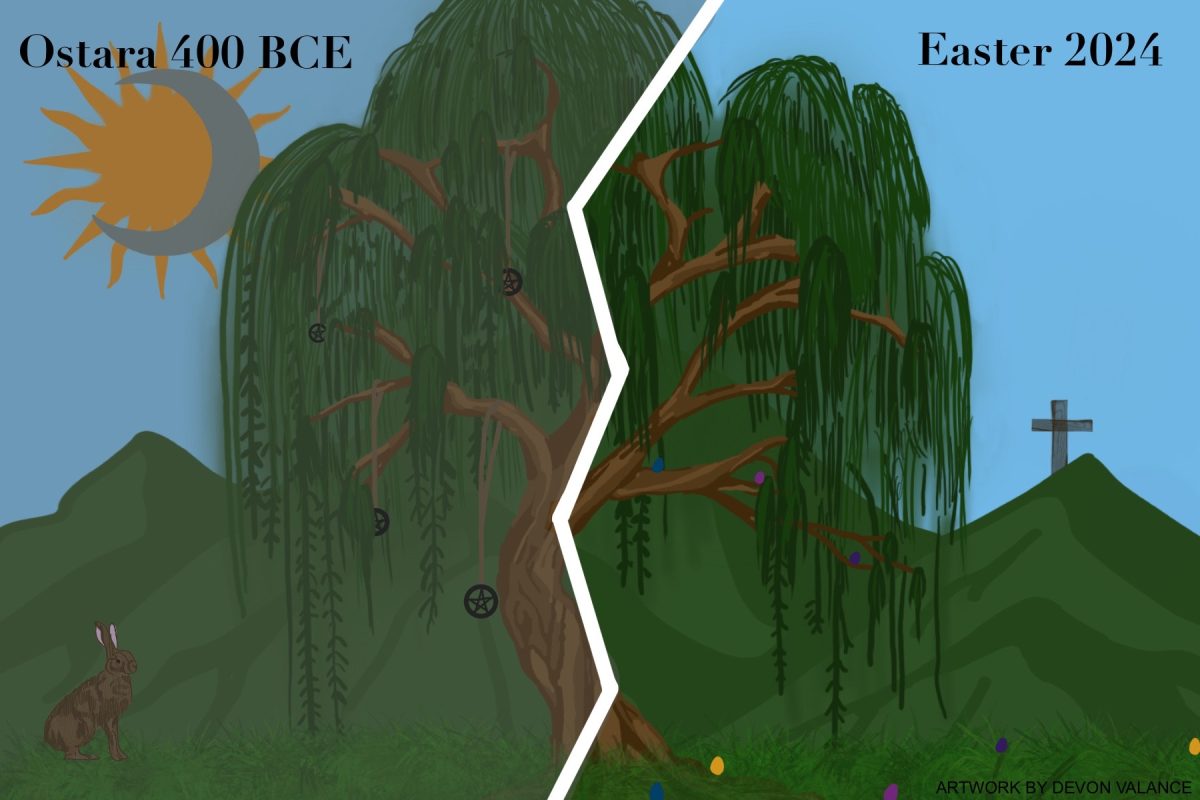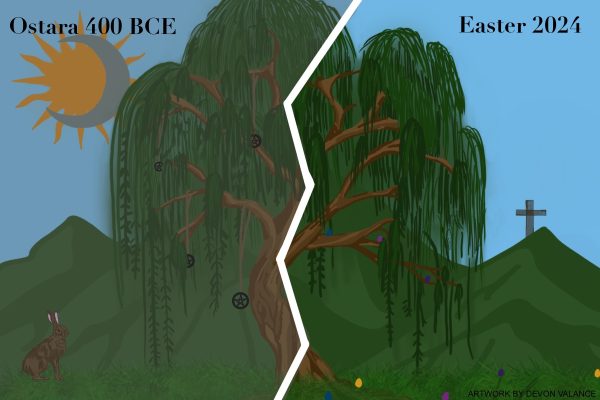Gardens of the World celebrates cultures
CULTURES UNITED: In this charming arrangement of flowers, trees and landscaping, visitors can experience the beauty of French, Italian and Japanese gardens.
Conejo Valley is home to a variety of unique activities that offer fun and enriching opportunities to tourists and locals alike. Tucked away among these hidden gems is a site known as Gardens of the World, located at 2001 Thousand Oaks Blvd., Thousand Oaks.
This 4.5 acre garden provides guests with a chance to become immersed in the landscaping and architecture of multiple countries, including influences from Japan, France, England and Italy. The gardens also house a Mission Courtyard that features murals of the 21 remaining missions in California painted by two local artists.
Privately owned and operated by the Hogan Family Foundation, the gardens serve as a venue for philanthropic organizations to host events and provide school tours throughout the year. Both self-guided and docent guided tours are open to the public Tuesday through Saturday from 9 a.m. – 5 p.m.
After entering the gardens through the parking lot, individuals traverse through vine and leaf covered arches to observe various classical Greek or biblical sculptures. Eventually, groups will arrive at the Italian Garden, which is recognized for its long chain fountain and exclusive cypress trees. Oftentimes, Italian gardens lack flowers and tend to only include evergreen plants, so viewers that gravitate towards a more simplistic arrangement will be more than satisfied.
Further down, individuals will pass through a vivid rose garden to arrive at the English Garden. The roses are symbolic of love, beauty, war and politics, and they have always been important relics of English history. The garden is characterized by plants and flowers organized into rounded shapes and curved lines to create a sensational blend for the viewer’s eye.
The Mission Courtyard is another feature of the gardens, and it is located around the corner from the English Garden. This courtyard endeavors to create a realistic experience with its choices in exterior architecture, but as the interior is only an open space, it does not provide a complete representation of a mission. Regardless, the murals and the map painted on the interior walls are very informational, so it serves to benefit school tours or other visitors passing through.
Continuing through the paved pathways, individuals will come across a Japanese garden. Surrounding the central Pagoda is a medium-sized pond with an abundance of koi, a customary fish found in Japan. In Japanese culture, this fish species symbolizes vitality and good fortune, and they can be found in both gardens and private homes according to japanwondertravel.com. When entering the Japanese garden, viewers will experience a sense of serenity and peacefulness that will linger within them throughout the rest of the tour.
The last garden is attributed to French culture, and it consists of clipped parterres that are shaped into specific formations. One parterre is created to mimic the shape of a butterfly or “papillion”, and the other is in the shape of a sun. This garden follows the favored style of finding “beauty in symmetry”, which is a prominent standard in French culture according to www.gardensoftheworld.info.
Gardens of the World is a great resource for individuals who are interested in learning more about the intricate and natural designs of countries across the globe. Its accessible location and educational opportunities are only a couple of the benefits in touring this unique location. People who consider themselves avid explorers and have a thirst to become immersed in a combination of culture, architecture and landscaping, make sure to pay Gardens of the World a visit!
Your donation will support the student journalists of Westlake High School. Your contribution will allow us to purchase equipment and cover our annual website hosting costs.

she/her
Hi! I’m Summer Nichols, and I am a web-editor-in-chief and A & E section editor for The Arrow. I originally joined the staff because I...

































